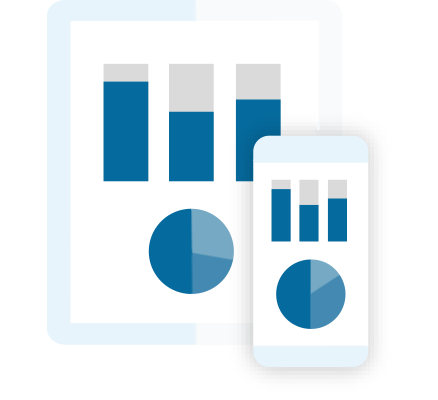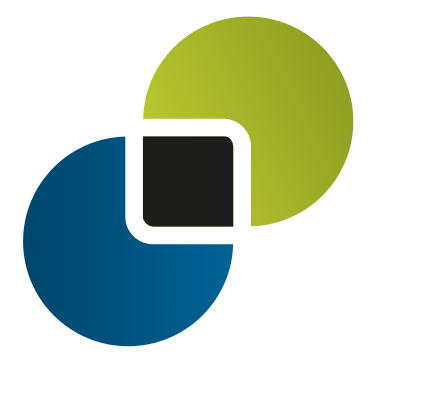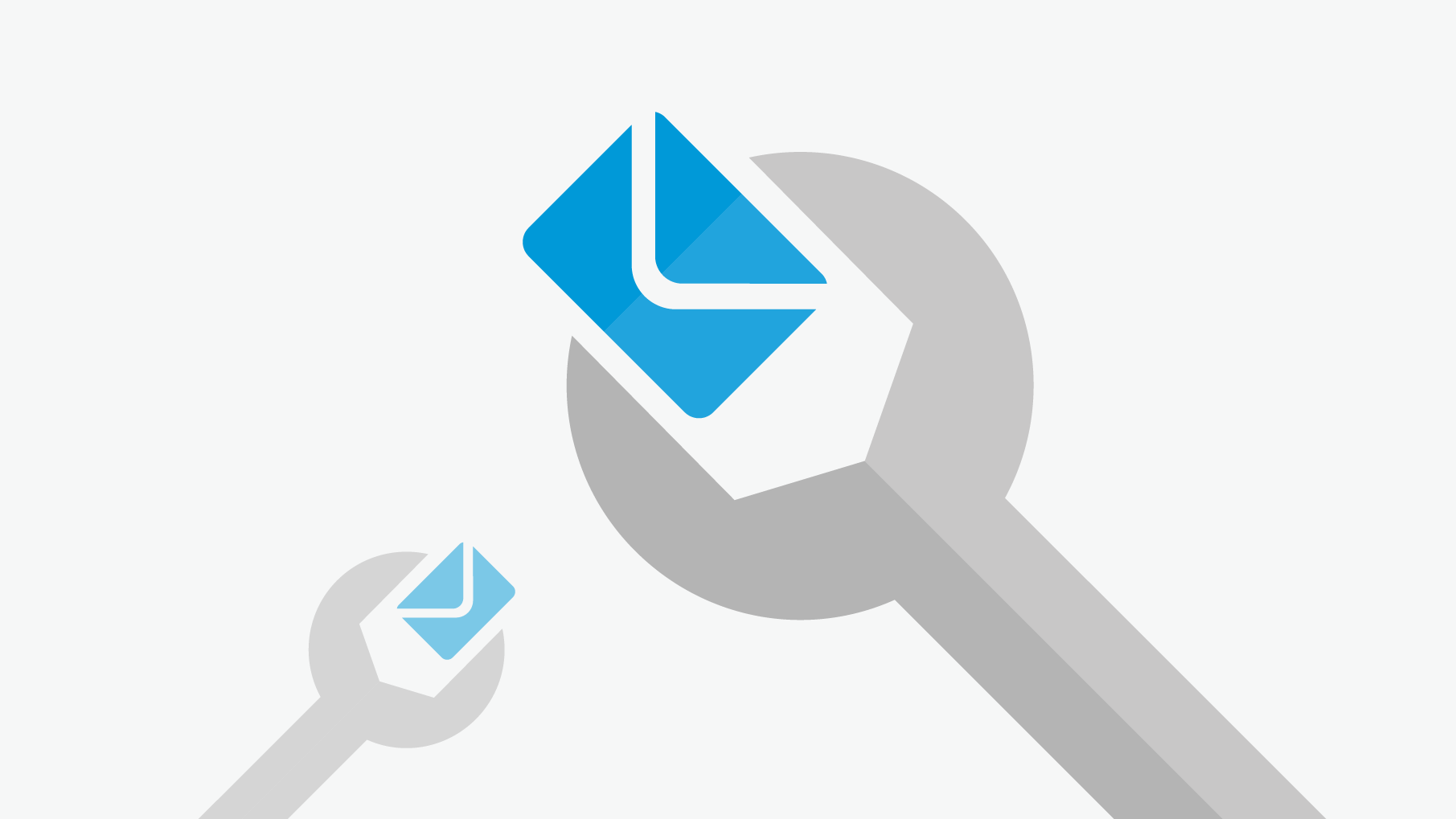If you could have a personalized relationship with each of your clients, you would. But if you want to scale personalization without pulling your hair out, marketing automation gets you pretty darn close. Marketing automation helps you be more efficient and effective, achieving that magical combination of 1) the right message to 2) the right audience at 3) the right time in 4) the right way that makes a one-to-many communication feel one-to-one. As a result? The most obvious value is getting time back from doing repetitive tasks. You’ll also get data-centric campaigns instead of guesses, more conversions faster, and higher client retention. Keep reading for a step-by-step guide to implementing marketing automation for financial services.
How financial marketers can start automating
someUnlock our insights
Register your email to access all of our case studies and receive exclusive insights.
We have just sent you an email
Please click the link in the email to confirm your identity.
If you could have a personalized relationship with each of your clients, you would. But if you want to scale personalization without pulling your hair out, marketing automation gets you pretty darn close.
Marketing automation helps you be more efficient and effective, achieving that magical combination of 1) the right message to 2) the right audience at 3) the right time in 4) the right way that makes a one-to-many communication feel one-to-one.
As a result? The most obvious value is getting time back from doing repetitive tasks. You’ll also get data-centric campaigns instead of guesses, more conversions faster, and higher client retention.
Keep reading for a step-by-step guide to implementing marketing automation for financial services.
How financial marketers can start automating
Having a solid foundation is critical for marketing automation to succeed. That being said, it’s not an all-or-nothing effort. Even some automation can have a meaningful impact.
So as you read through the following steps, think of them through a crawl-walk-run lens: What’s the bare minimum you can do now to crawl with marketing automation? How can you build upon that to do more? And what’s your ideal state running at 100%?
1. Get your data in order
Automating your client marketing efforts is only as good as your data. It’s painful and potentially impossible to do if there are many fields or values that mean the same thing. This is especially true when inputs are manual, causing you to miss key clients in your targeting due to inconsistencies and human error.
Take a look at this real-life example below:

If you want to trigger an email specific to clients in the United States only, you might see U.S., US, USA, United States, who knows what else, or even blanks (in which case, you’d have to then dig into states, cities, or zip codes to determine country). Yikes.
So clean up your data, standardize naming conventions, and train your sales and marketing teams to keep your data in order. To streamline this process further, consider using tactics like drop-down lists with pre-set responses in your data collection or input, and only offering manual input when the “Other” option is selected.
On that same note, marketing automation works best with a single source of truth for your data, usually a CRM (customer relationship management). Separate and unsynced sources means you can’t connect your data dots to see the full picture of your clients’ journey with you and whether or not what you’re doing is actually working.
2. Map out your client journey
Asset managers don’t follow a linear path to your business, and no two journeys are alike. A good start to wrangle this together would be to create client personas and map out what an average journey might look like for them.
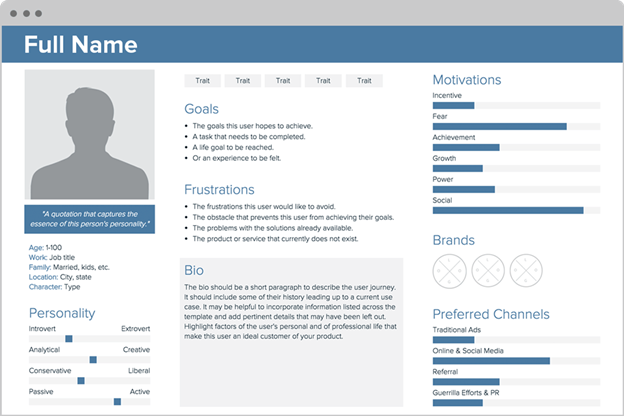
Image source: Content Harmony
To create actionable personas, Forbes recommends narrowing your scope, practicing social listening, reviewing feedback and customer support tickets, and allowing email subscribers to self-segment.
A common way to think about personas is by role. For example, your focus may be on institutions, but within that, you have groups of clients with different needs: defined benefit, public funds, corporations, foundations, insurance, etc.
Once you have a better understanding of who your clients are and how they experience your brand, you can then dial in on your content strategy, various touchpoints, and cadence to help nudge clients further down the funnel.
Some ideas include:
- Tailored welcome series based on the opt-in point
- Event management, including invitations and post-event follow-ups
- New insights report delivered via email or physical mail based on engagement or preference
- Retargeting clients with relevant ads
- Celebrating key milestones
Looking for more inspiration? Check out our email marketing automation ideas to get your creative juices flowing.
Now might also be a good time to think through your lead scoring model, assigning values to different behaviors to better qualify potential clients for marketing and sales efforts.
Overall, for this step to work well, it’s crucial to have tight sales and marketing alignment . Talk to the teams closest to your clients for insights on pain points, praise, and objections so you can better support them and ensure the client journeys you’ve mapped out have the best chance of succeeding.
3. Get marketing automation tools
Even if you’ve already got a marketing automation platform, keep reading, because there may be other tools you haven’t thought of to automate your marketing.
If you don’t have a marketing automation vendor, yet, though, make sure you get one that both serves your needs now and grows with your business. What are the marketing channels you use? What other tools — like your CRM — do you have to integrate with? How much support will you need?
Full disclosure: StoneShot is a marketing automation platform built specifically for financial services marketing teams — so not only are we deeply knowledgeable of the industry but we also offer email automation, event automation, and even content automation (like fund document distribution) with full-service support.
Beyond automating messages, how can you automate processes?
There are a variety of tools for almost anything you can think of, from automating video personalization to automating quality assurance testing. Take it a step further and consider tools for machine learning and artificial intelligence, too.
4. Set up your automation workflows
Now it’s time to put those client journeys into action!

In your marketing automation tool, specify rules and triggers to kick off workflows based on your clients’ actions or inactions. Has a prospect just watched a lot of your videos? Set in motion a workflow to invite them to subscribe to your newsletter with similar content, delivering timely relevance.
Take advantage of A/B testing, too, which leads us to the final step…
5. Analyze and optimize
If you’re doing marketing automation for the first time, you’re likely to be wrong or make mistakes. A lot. But that’s okay. If you’re paralyzed by failure or waiting for perfection, you’ll never move forward before clients lose interest or the competition beats you to the punch.
With automation, it’s easy to set it and forget it, but you must always go back and see how your automations are performing at least once a month. Are they getting the kind of engagement and conversions you expect? Did something change that you need to update? Is anything broken?
Keep a record of your automations so you can audit them regularly. And build reporting dashboards to make sure they’re still effective. You should be in a continuous state of learning, so don’t let your automations go stale. Test, learn, and optimize.
Final thoughts
The pandemic has accelerated digital transformation in the financial services industry, so if you want to keep up, you have to lean on marketing automation.
Going from 0 to 100 can feel overwhelming, so remember to use the crawl-walk-run approach. In other words, start small and build up from there. You’ll see efficiency gains and higher conversions in no time!
Need some help getting started? Check out StoneShot’s marketing automation platform and agency services. You’ll get superior customer service with real people who care — not a faceless organization that treats you like a number. If you want to learn more, let’s chat.
We’re always sharing fresh case studies and blogs packed with insights. Sign up now and be the first to know!
Subscribe